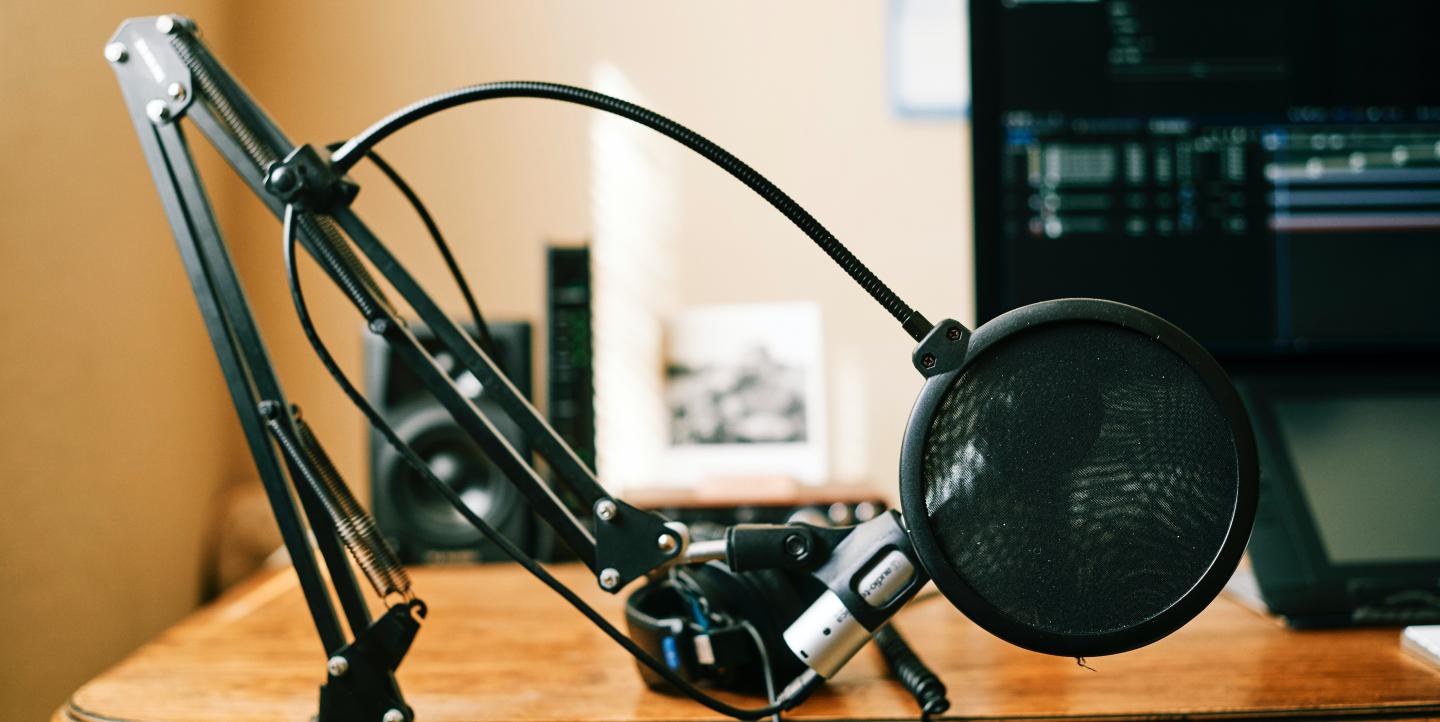Podcasts originated in 2004, but it wasn’t until the success of the Serial podcast in 2014 that podcasts became a mainstream storytelling medium.
According to the annual Edison Research survey released in March 2020, 55% of adults in the U.S. have listened to a podcast at least once and 25% of the population listens to podcasts weekly.
In April 2020, the Apple Podcast directory surpassed one million shows, and as of July, there are more than 30 million episodes available in the directory.
“That number can be daunting, especially if you are an independent producer,” said award-winning radio journalist Stephanie Kuo. She was one of three panelists during the Podcast for Reach session at the National Association of Black Journalists and National Association of Hispanic Journalists 2020 virtual convention.
“There is a caveat to that,” she added. “Forty-six percent are inactive, which means that they haven't released a new episode in 90 days.”
[Read more: Want to start podcasting? Here are some tips.]
Although it’s a difficult market, there’s still room for new creators. If you are considering starting your own podcast, but don’t know where to begin, below are some tips from the session for podcasting beginners:
Outlining your idea
The first step for creating a podcast is making an outline for your show. A simple outline to use might be the following:
- My show is about...
- What topics and issues will you cover?
- On the show you will hear…
- What will happen during each episode?
- You should listen if…
- Who is your target audience?
“Being able to fill this out with enough detail is a great way of assessing if an idea has promise,” said Se’ara Spragley Ricks, community manager at PRX Podcast Garage.
Deciding a format
An important part of outlining your podcast is deciding what format you plan to use. There are many different formats to choose from: single-voice, which only has one host; chatcast, which has multiple hosts and narrative fiction and non-fiction, which are story-driven shows.
No format is necessarily better than the other, just make sure you pick the format that is best suited for your idea.
When first starting your podcast, aspiring producers should also keep their episodes around 30 minutes long and publish episodes every other week at a minimum, in order to keep listeners interested.
[Read more: 9 remote interviewing tips for journalists]
Equipment and location
Equipment-wise, there are three essential things that every podcaster needs:
- Microphone. The first piece of equipment, and arguably most important, is a microphone. Two popular microphones for podcasters are the Blue Microphones Yeti USB and the RØDE Procaster, but you can find other decent microphones online that fit your price range.
- Recorder. The next important thing is a recorder. TASCAM Portable Audio Recorders are very popular and reasonably affordable options. You can also record audio straight into your computer through audio software such as Adobe Audition, Pro Tools or Audacity.
- Headphones. These can be bought for as little as US$10. Some popular and affordable options include Skullcandy Grind Bluetooth Wireless ($44.50) or Panasonic HJE120 Earbuds (19.99). Wearing headphones is critical because you can hear the audio as it is being recorded, so you can adjust the volume and background noises in real time.
“Microphones pick up sound differently than your ears,” said Spragley Ricks. “You'll want to make sure you're hearing what your mic is hearing.”
When it comes to location, recording in a studio would be ideal. However, in a pinch, your car or the inside of your closet will do. Avoid rooms with tall ceilings, large windows or a lot of wood or tile surfaces. Hard surfaces like these cause sound waves to bounce off of their surfaces, which ruins the sound quality. Soft surfaces absorb the sound waves, which increases the quality.
You can also soundproof your makeshift studio with soft things like clothes, carpets, blankets and whatever else is easily found in your home. Prior to recording, turn off any clocks, air conditioning units and anything else generating noise in the background.
Monetizing
For those who want to make money off of their show, the best way to do so is to get sponsorships from companies — preferably big ones. However, most of those big brands only do business with shows that average 100,000 listens per episode within 30 days. For shows that are just starting out, a great way to get sponsorships is from smaller, local brands.
Another way to make money is through Patreon. Patreon is a membership platform where creators can get funding from people that listen to their work. Patrons subscribe to different levels of membership and get exclusive content from the creators.
There are also a number of organizations that offer grants and fellowships to young podcast creators. One example is Podfund, a company that makes one-time investments in podcasts in exchange for some of their revenue. Another example is the Google Podcasts creators program, which provides podcasters, especially those underrepresented in podcasting, with resources and funding to cultivate their shows.
Donethe Cyprien is an intern with IJNet.
Main image CC-licensed by Unsplash via ConvertKit. Image credit goes to Keith Pitts.

